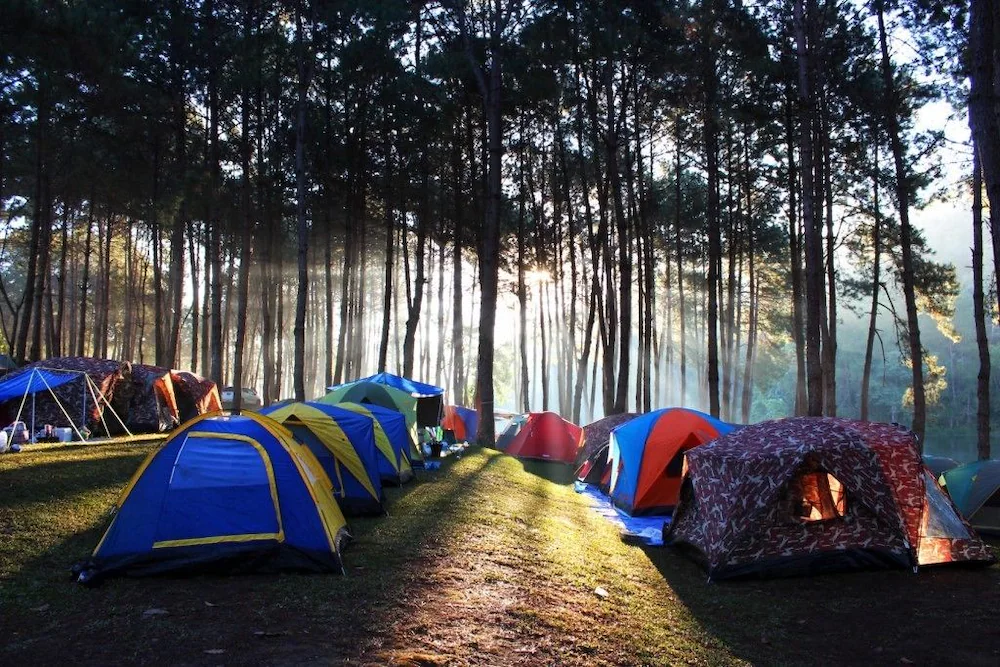The Importance of a Good Sleeping Bag
A sleeping bag is more than just a camping accessory; it is a crucial piece of gear that ensures a good night’s sleep in the great outdoors. The importance of a good sleeping bag cannot be overstated, as it provides warmth, comfort, and protection from the elements. When you’re camping, hiking, or embarking on any outdoor adventure, the quality of your sleep can significantly impact your overall experience. A well-chosen sleeping bag can make the difference between a restless night and a rejuvenating rest, preparing you for the challenges of the next day.
Types of Sleeping Bags: Finding the Right Fit
Sleeping bags come in various shapes, sizes, and materials, each designed to meet different needs and preferences. The most common types include rectangular, mummy, and semi-rectangular sleeping bags. Rectangular sleeping bags offer more space and are ideal for those who prioritize comfort and roominess. Mummy sleeping bags, on the other hand, are designed for warmth and efficiency, featuring a snug fit that reduces heat loss. Semi-rectangular sleeping bags provide a balance between the two, offering both comfort and insulation. Additionally, sleeping bags can be filled with either down or synthetic insulation, each with its own set of advantages and disadvantages. Down insulation is lightweight and highly compressible, making it perfect for backpacking, while synthetic insulation retains heat even when wet and is typically more affordable.
Key Features to Consider When Choosing a Sleeping Bag
When selecting a sleeping bag, several key features should be considered to ensure you make the best choice for your needs. One of the most critical factors is the temperature rating, which indicates the lowest temperature at which the sleeping bag will keep you warm. It is essential to choose a sleeping bag with a temperature rating appropriate for the conditions you will be facing. Other important features include the bag’s weight and packability, which are crucial for backpackers who need to carry their gear over long distances. The shape and size of the sleeping bag should also be taken into account, as these factors influence both comfort and warmth. Additional features such as zippers, hoods, and draft collars can further enhance the functionality and comfort of your sleeping bag.
Tips for Maintaining and Caring for Your Sleeping Bag
Proper maintenance and care are essential to extend the lifespan of your sleeping bag and ensure it continues to perform effectively. After each trip, it is crucial to air out your sleeping bag to remove any moisture and odors. Washing your sleeping bag periodically, following the manufacturer’s instructions, helps keep it clean and fresh. When storing your sleeping bag, avoid compressing it for long periods, as this can damage the insulation. Instead, store it loosely in a large storage sack or hang it up in a dry, cool place. Regularly inspecting your sleeping bag for any signs of wear and tear and addressing any issues promptly can help maintain its functionality and longevity. By taking proper care of your sleeping bag, you can ensure it remains a reliable companion on all your outdoor adventures.

